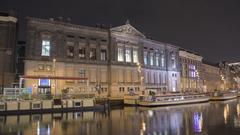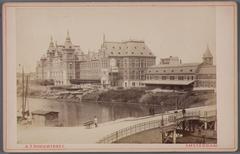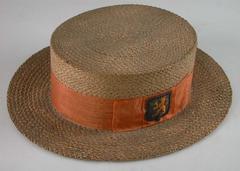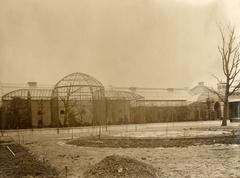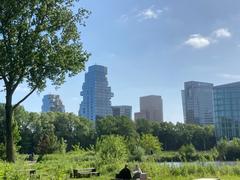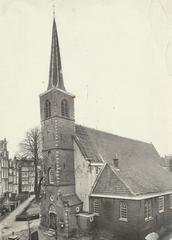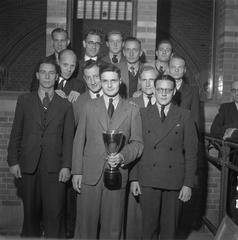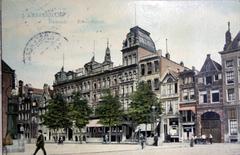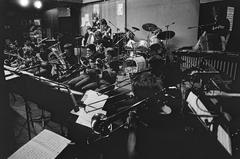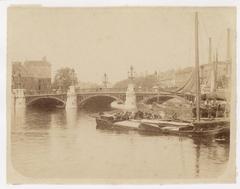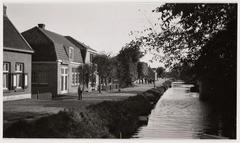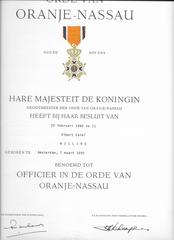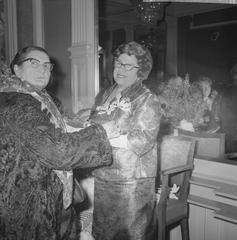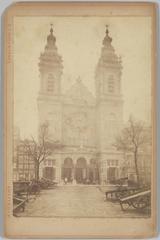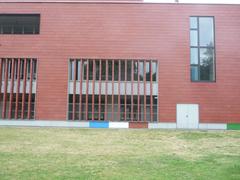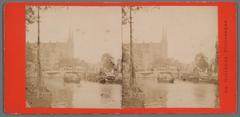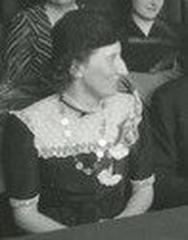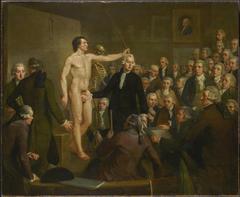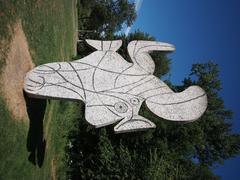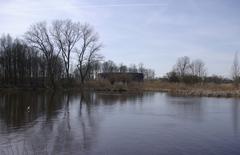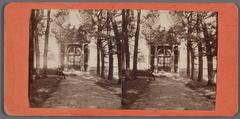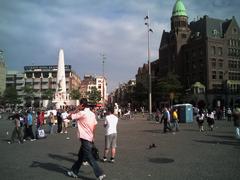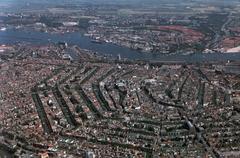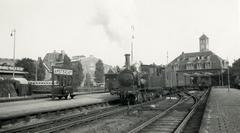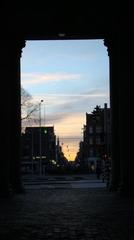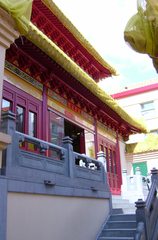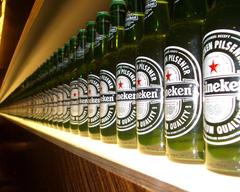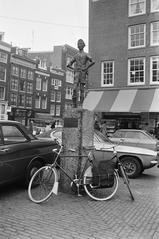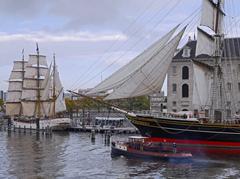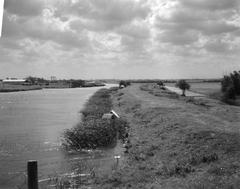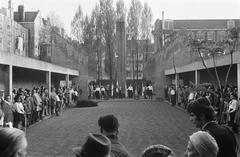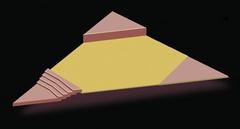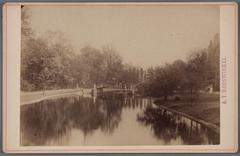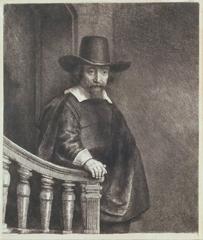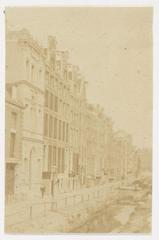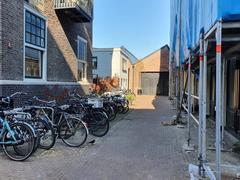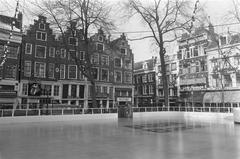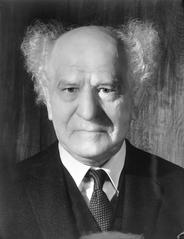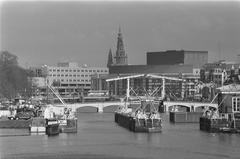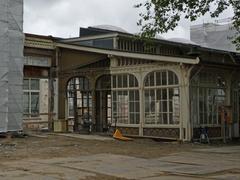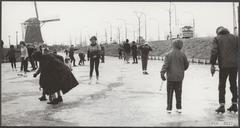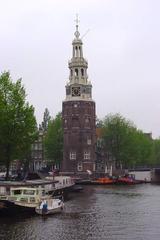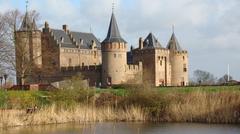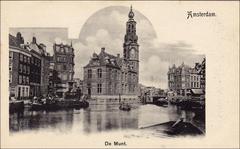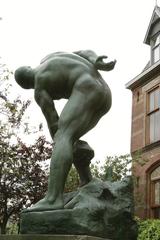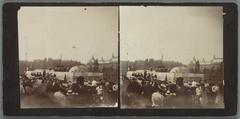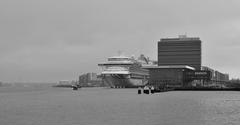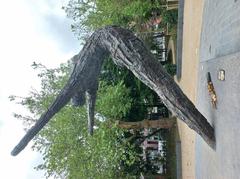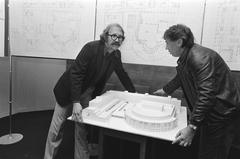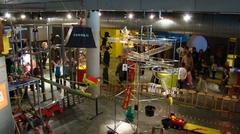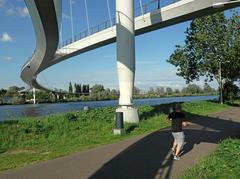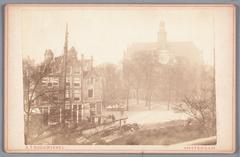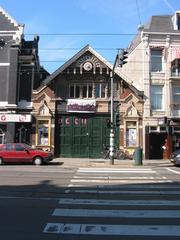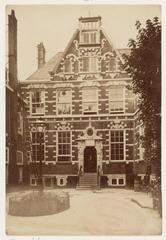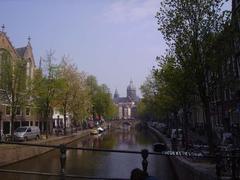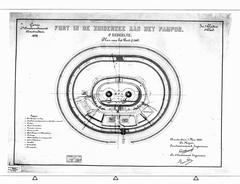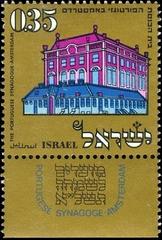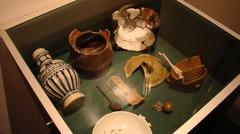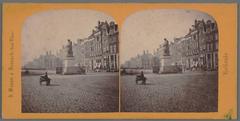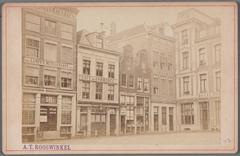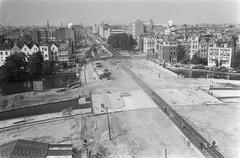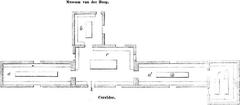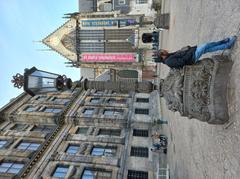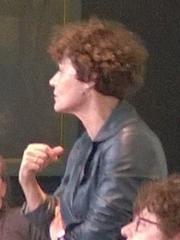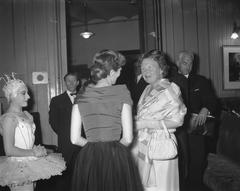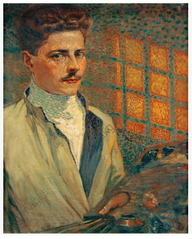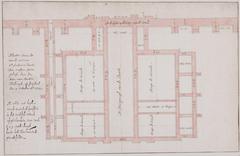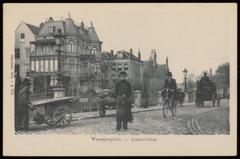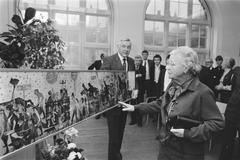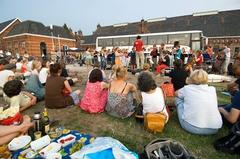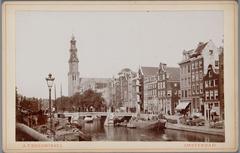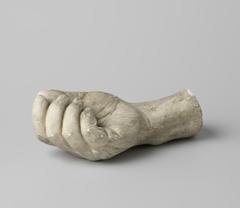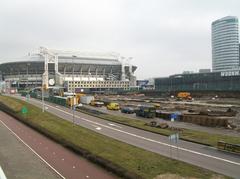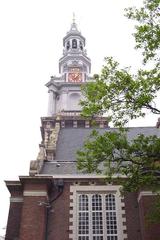
Jac. P. Thijsseplein Amsterdam: Comprehensive Guide to Visiting Hours, Tickets, Historical Sites, and Community Features
Date: 04/07/2025
Introduction
Jac. P. Thijsseplein is a unique and vibrant urban green space nestled in the heart of Amsterdam-Noord. Named after the influential Dutch botanist and nature conservationist Jac. P. Thijsse (1865–1945), the square stands as a living tribute to Amsterdam’s enduring commitment to ecological stewardship, historical preservation, and inclusive community life. With its origins rooted in early 20th-century social housing developments and its modern revival shaped by collaborative, community-driven design, Jac. P. Thijsseplein exemplifies the intersection of history, sustainability, and urban vitality. Whether you are seeking a peaceful retreat, a family-friendly playground, or a meaningful encounter with Dutch cultural heritage, this guide provides everything you need to know about visiting Jac. P. Thijsseplein—including hours, accessibility, local attractions, and practical tips (archives.uba.uva.nl; Hilversum News; Amsterdam.info).
Table of Contents
- History and Significance
- Visiting Jac. P. Thijsseplein
- Social, Recreational, and Cultural Functions
- Community Engagement and Environmental Sustainability
- Practical Visitor Tips
- Frequently Asked Questions (FAQ)
- Summary and Conclusion
- References
History and Significance
Early Development and Naming
Established during Amsterdam’s early 20th-century expansion into Noord, Jac. P. Thijsseplein was initially designed to address the city’s housing shortages, especially for working-class families. The square was originally called Heimansplein, named after Dutch naturalist Eli Heimans, before being renamed in 1946 to honor Jac. P. Thijsse, a pioneering advocate for nature conservation and urban greenery (archives.uba.uva.nl). This legacy is further reflected in the naming of surrounding streets after native Dutch flowers, underscoring the square’s deep ecological roots.
Architectural Heritage
The square’s architectural character is defined by early social housing projects designed by Jan Ernst van der Pek (1926, Amsterdam School style) and Jacoba Mulder (1929, elderly residences). Post-WWII restoration by G.J. Rutgers carefully preserved the original design, maintaining the square’s functional simplicity and communal ethos (nl.wikipedia.org).
Visiting Jac. P. Thijsseplein
Opening Hours and Accessibility
Jac. P. Thijsseplein is open to the public 24/7, year-round, with no entrance fee or ticket required. Recent renovations have ensured the space is fully accessible, with smooth, barrier-free paths suitable for wheelchairs, strollers, and bicycles (Hilversum News).
Getting There
- Public Transport: Easily accessible via bus lines and tram routes from Amsterdam city center. Nearby stops serve the Volewijck and Plantage neighborhoods.
- Cycling: Amsterdam’s extensive bike infrastructure includes racks around the square.
- Walking: Jac. P. Thijsseplein is a pleasant stroll from several other notable Noord attractions.
Facilities and Amenities
- Playgrounds: Modern, sustainable wooden equipment, interactive water features, and natural play zones.
- Thijssetuin Community Garden: A curated garden space with benches, informal seating, and native plants.
- Memorial Monument: A dedicated area for reflection, seamlessly integrated into the landscape (Agterberg Project).
- Seating and Shaded Areas: Ample benches and informal seating for relaxation.
- Lighting and Safety: Well-lit and maintained, with open sightlines for enhanced security.
- Nearby Amenities: Local shops, cafes, and public restrooms are within walking distance.
Nearby Attractions
- Van der Pekbuurt: Historic neighborhood with distinctive Amsterdam School architecture.
- NDSM Wharf: Creative hub for art, festivals, and waterfront dining.
- ARTIS Zoo, Hortus Botanicus, and Jewish Cultural Quarter: Easily reached from the Plantage district.
- Amsterdam Noord Waterfront: Offers museums, cafes, and scenic views.
Social, Recreational, and Cultural Functions
Following its postwar role as a community playground, Jac. P. Thijsseplein underwent a major transformation in 2022–2023, emphasizing adventurous and natural play, environmental education, and communal gathering spaces. The square is structured into three zones—adventurous play, natural play, and the Thijssetuin garden—catering to all ages and fostering social connections (Hilversum News). Seasonal community events, workshops, and informal gatherings are common, reflecting the vital neighborhood spirit.
Community Engagement and Environmental Sustainability
Participatory Design
The recent revitalization was achieved through a collaborative “bouwteam” (construction team) that included local residents, De Groene Loper initiative members, and municipal authorities (Hilversum News). This process ensured the square met the diverse needs of its community—from adventurous play to tranquil relaxation.
Ecological Features
- Biodiversity: New plantings, including 19 tree species, were chosen to increase habitat diversity and urban cooling.
- Water Management: Permeable surfaces and a wadi (rainwater drainage system) improve resilience and plant health.
- Conservation Focus: The square honors Jac. P. Thijsse’s legacy by integrating ecological education into its design and plantings (heimansenthijssestichting.nl).
Practical Visitor Tips
- Best Times to Visit: Spring and summer offer lush greenery and vibrant blooms; early mornings and weekdays tend to be quieter.
- Photography: Capture seasonal color, sustainable design elements, and the memorial monument—especially at golden hour.
- Family and Accessibility: The square is fully accessible for wheelchairs and strollers, and offers safe play for children.
- Picnics: Benches and lawns are perfect for picnics; nearby shops sell refreshments.
- Pets: Dogs are welcome but must be on a leash.
- Events: Check local community boards or the Hilversum municipal website for updates on events.
Frequently Asked Questions (FAQ)
Q: What are Jac. P. Thijsseplein’s opening hours?
A: Open 24/7, year-round.
Q: Is there an entrance fee or ticket required?
A: No, entry is free.
Q: Is the square accessible for wheelchairs and strollers?
A: Yes, recent renovations ensure full accessibility.
Q: Are there guided tours?
A: No official guided tours, but some city walking tours include the square.
Q: Are pets allowed?
A: Yes, on a leash.
Q: Are restrooms available?
A: Not on-site, but nearby cafes and public facilities are accessible.
Summary and Conclusion
Jac. P. Thijsseplein stands as a testament to Amsterdam’s harmonious blend of urban living, nature, and history. Its transformation from a historic social housing project into a flourishing public space highlights the power of community engagement and sustainable design. Visitors can enjoy a rich mix of play zones, gardens, and memorials—all within a fully accessible, free public square. Whether you’re a local, a family, or a traveler exploring Amsterdam’s cultural and historical tapestry, Jac. P. Thijsseplein offers an authentic and inspiring urban experience. Stay informed on local events and updates through the Hilversum municipal website or by downloading the Audiala app (I amsterdam; Amsterdam.info).
References and Further Reading
- Jac. P. Thijsseplein Amsterdam: History, Visiting Hours, and Local Attractions (archives.uba.uva.nl)
- Jac. P. Thijsseplein Amsterdam: Visiting Hours, Tickets, and Cultural Highlights (Hilversum News)
- Visiting Jac. P. Thijsseplein in Amsterdam: Hours, Attractions, and Community Features (Agterberg Project)
- Jac. P. Thijsseplein Amsterdam: Visitor Information, Hours, Tips & Nearby Attractions (Amsterdam.info)
- I amsterdam: Annual Event Calendar and Cultural Programming (I amsterdam)
- Hilversum News: Community Engagement and Environmental Initiatives (Hilversum News)


